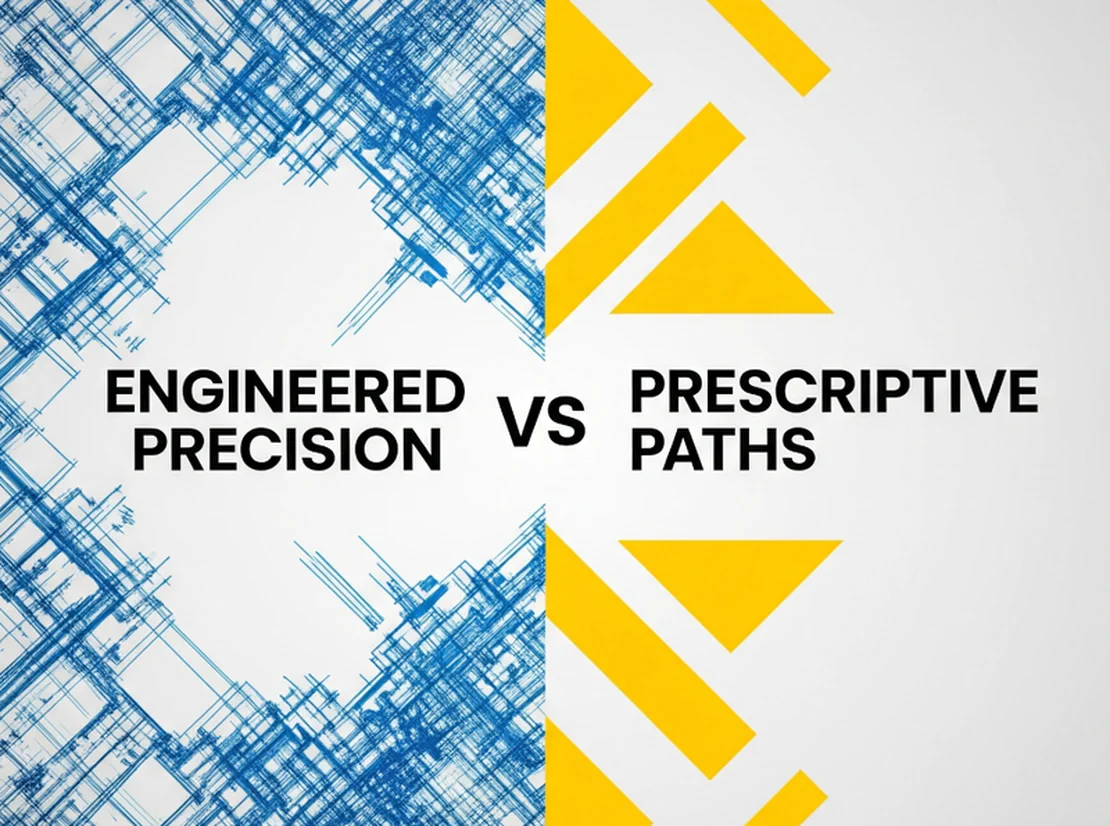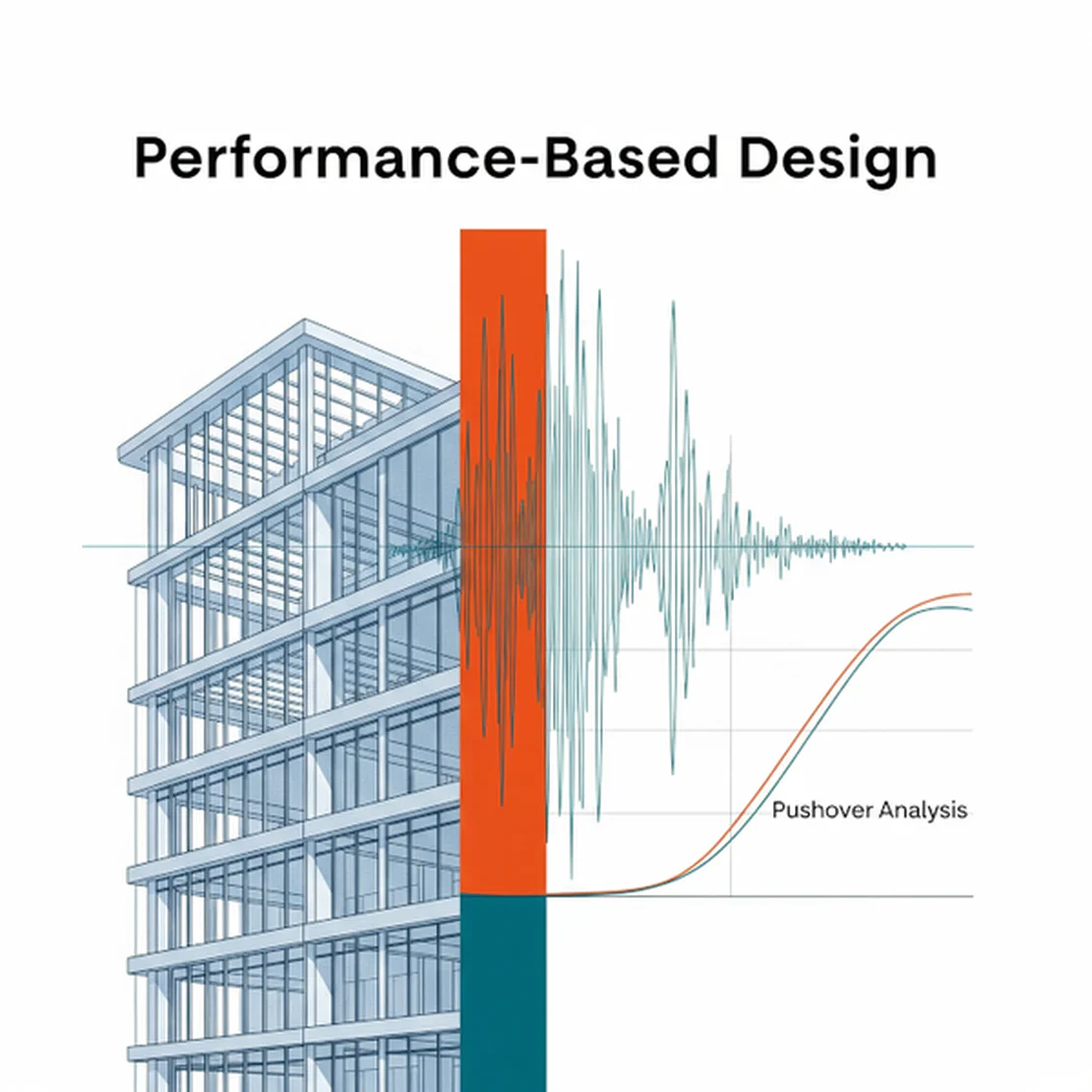
So, you’ve just been handed a project with a decently sized retaining wall, and it’s in a location with some seismic kick. Immediately, you know that your standard static analysis isn’t going to cut it. The response of a retaining wall to seismic loading is a complex soil-structure interaction problem, and figuring out the right approach can be daunting. This is a classic example of where we move beyond simplified prescriptive rules and into the world of engineered precision using Part 4 principles.
read more


